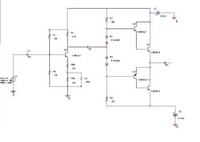Follow along with the video below to see how to install our site as a web app on your home screen.
Note: This feature may not be available in some browsers.

I don't see open question with the said circuits. It has been clarified, that the "follower" circuits have a voltage gain ≈ 1but the output do not amplify..